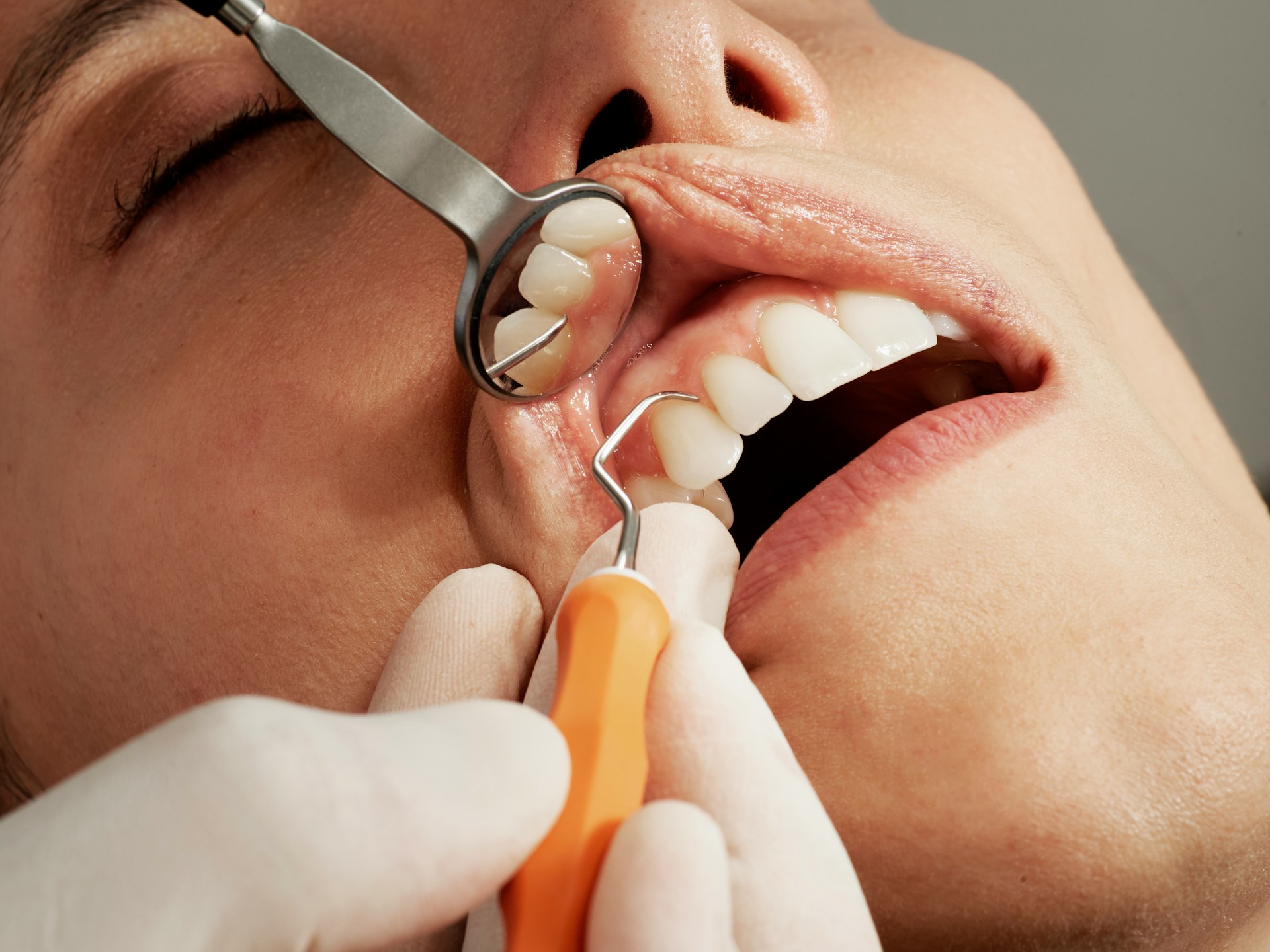
27 Mar Tartar vs. Plaque: What’s the Difference?
When reading about your oral health, you might come across the words “tartar” and “plaque” and wonder how they’re different. The simplest explanation is that plaque turns into tartar, but it is not the only one. Understanding the differences between tartar and plaque can help you learn how to take better care of your teeth and gums.
Tartar vs. Plaque
Plaque
This sticky film is made of live bacteria and undigested food particles. Plaque is what makes your teeth feel fuzzy if you have not brushed recently. It can stick to all visible tooth surfaces, and even accumulate beneath your gums. It ranges in color from white to deep yellow, and can start to form in less than 24 hours.
Tartar
Dental calculus, better known as tartar, is formed when plaque is left too long on teeth. Tartar is very hard, and it’s difficult to remove. It can be yellow, gray, or even black, and may look like stains on your teeth. It feels hard to the touch and your teeth might feel crusty. It is made up of calcium, magnesium, dead bacteria, and particles from your saliva that mineralize and form a hard shell on your teeth. It is often formed at or below the gumline, especially if you have gingivitis.
How to Prevent Plaque and Tartar Buildup
Plaque and tartar are both detrimental to your oral health. They can worsen conditions like gingivitis, and introduce infections through broken skin in your mouth.
Removing tartar and plaque is important for many reasons. Both contribute to tooth loss by allowing bacteria to eat away at your tooth enamel causing cavities. They also irritate and inflame your delicate gum tissues, causing problems like gingivitis. Tartar and softer plaque are often the cause of halitosis or bad breath, so removing them can help keep your mouth fresh longer.
Removing Plaque
Luckily, plaque is relatively easy to remove. This fuzzy substance can be easily lifted off teeth with a toothbrush, dental floss, chewing gum, or even an apple! A solid oral hygiene routine that features brushing twice a day and flossing once a day can help you keep plaque from taking up residence on your pearly whites.
Removing Tartar
Tartar, on the other hand, is a very difficult substance to remove from your teeth. Usually, it can only be removed by a dental hygienist. They will most likely use a tool like a scaler to remove it—think waterpik meets power washer. They may also use manual tools to carefully scrape the substance from your teeth. The reason a dental hygienist must do this is because it takes practice to remove tartar without harming the enamel that protects your teeth.
Dental Care That You Can Stick With
Here at Hicks Dental Group, we understand the importance of having a dentist you can trust. From checkups and cleanings to emergencies and dentures, our team of highly trained support staff, hygienists, and dentists can assist you in getting the smile of your dreams. Contact us today to make an appointment.
Images used under creative commons licence – commercial use (3/27/24). Photo by Caroline LM on Unsplash.

